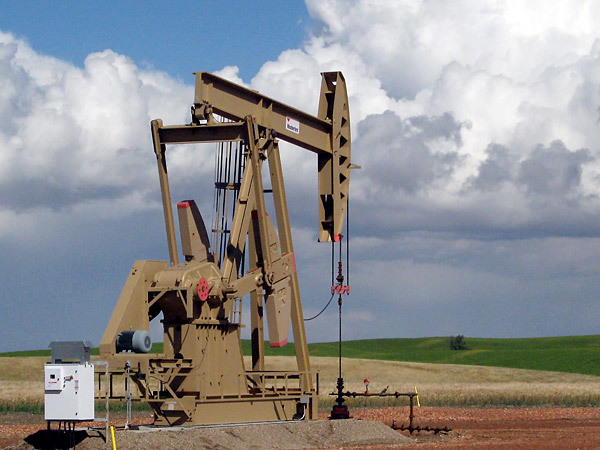Oil production in the Bakken shale formation is making unemployment virtually nonexistent in North Dakota. With 200 rigs pumping 440,000 barrels of oil per day, the state’s unemployment rate is holding at 3.5 percent. Many of the jobs pay exceptionally well, with high school graduates making more than $100,000 per year.
Jobs Looking for Workers
“We have 18,000 jobs looking for people,” North Dakota Rep. Rich Berg (R) told the Hill, noting, “if our country’s GDP grew at 7 percent, as it does in [my] state, most of our problems would be over in two years.”
“The regulatory environment was already low in North Dakota, certainly better than California’s and some other oil-producing states,” said Brett Narloch, executive director of the North Dakota Policy Council. “As we move forward with oil production, I expect the business environment to get better.”
New Challenges, Opportunities
Oil production in North Dakota now rivals that of OPEC member Ecuador, which produces 485,000 barrels per day. As production keeps increasing, more workers are needed.
The North Dakota legislature is using some of the state’s oil revenue to fund $1.2 billion in infrastructure improvements, including building roads and schools to accommodate the many people bringing their families when they move to the state to work.
“The state is reaping huge rewards from the oil industry, and as a result they are paying up front with cash for everything,” Narloch observed.
State Spending Increasing
One of the primary beneficiaries of this oil boom has been public schools. The state legislature has directed $340 million in oil-related revenues to public schools during the next two years. Other oil revenues will be fund a disaster relief fund and enable a reduction in property taxes.
“North Dakota has seen a 25 percent to 30 percent increase in the state budget. This is twice the rate of growth as the federal government,” said Narloch.
To preserve oil-related funds, the state legislature has directed 30 percent of the funds from the state’s 6.5 percent oil extraction tax be sent to the state’s Legacy Fund. The Legacy Fund cannot be touched until 2017, when accrued interest will become available for spending measures. Principal can be spent only if two-thirds of the legislature agrees to do so, and no more than 15 percent of the principal can be spent in any biennium.
Will EPA Pull the Plug?
Most of the Bakken shale production is occurring on private land, but analysts and state legislators fear the federal the Environmental Protection Agency (EPA) may nevertheless seek to shut it down. EPA is currently investigating hydraulic fracturing (fracking) production techniques, which are utilized in shale oil production.
“If EPA decides to ban fracking, that shuts down the entire industry since so many of the wells operate by that procedure. It would kill this once-in-a-lifetime opportunity,” Narloch explained.
Kenneth Artz ([email protected]) is a freelance reporter for the Heartland Institute based in Dallas, Texas.





